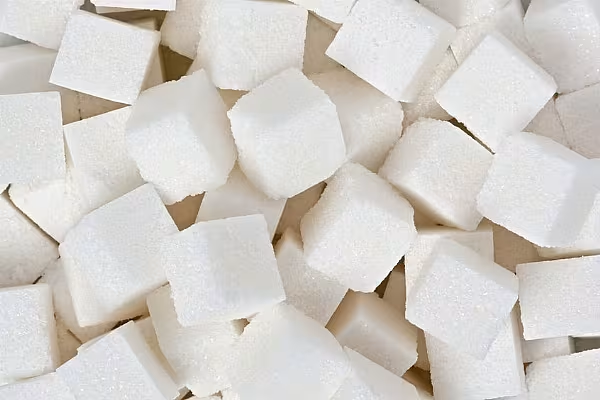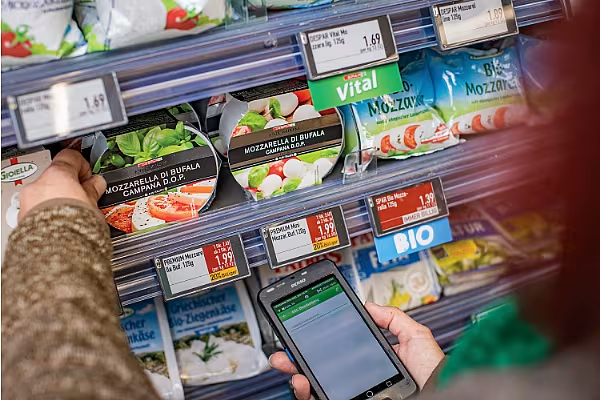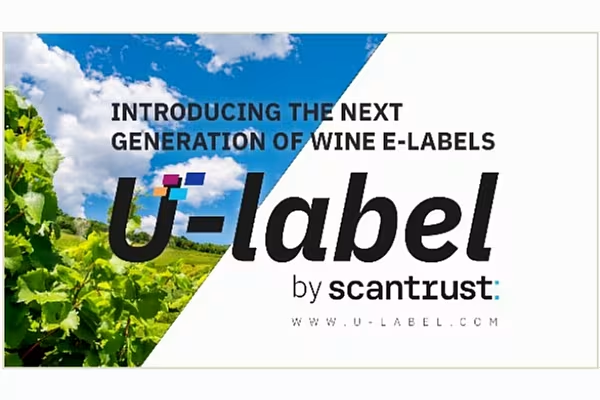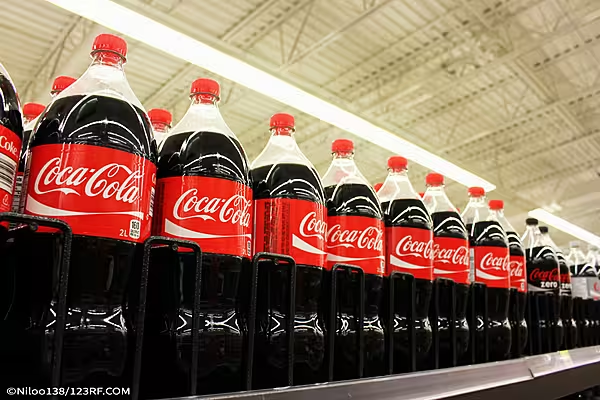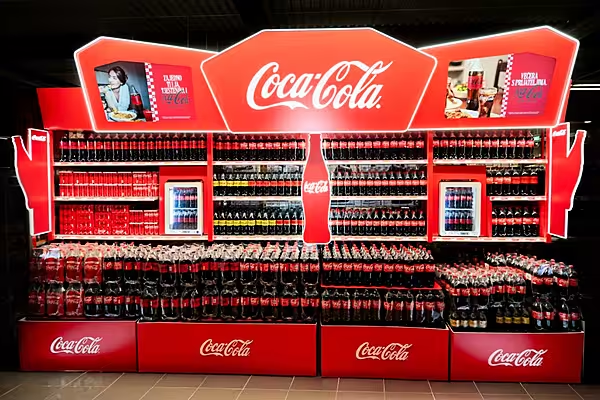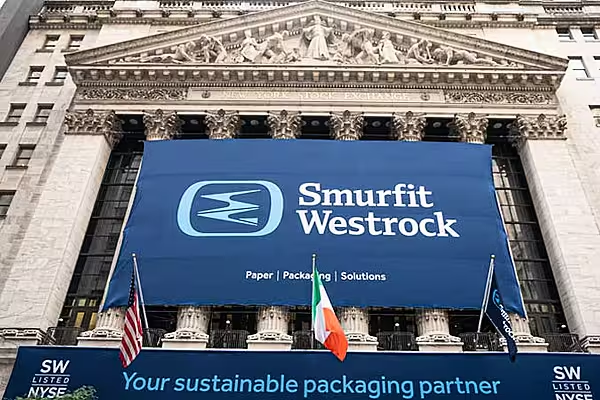The U.S. Food and Drug Administration recently ordered up new nutrition labels for cereal boxes, candy bars, and every other packaged food item in the supermarket. Soon, they will list not just how much sugar is inside, but whether that sugar was naturally occurring, as in raisins, or added later, as on the flakes that come with them.
Though this additional information won’t be required until next year, health advocates predicted that such legally mandated disclosure would deliver less-sugary foods in its wake. They were right.
Four Twizzler strawberry twists have the same sugar content as an apple, but clearly the fruit is a better choice—in no small part because it comes with fiber and Vitamin C. The FDA decision recognized that the source of sugar matters, and that listing “Sugars” alone doesn’t reflect that. The agency decision attempts to outsmart food manufacturers that commonly call added sugar ingredients by other names, such as high fructose corn syrup, agave, and fruit juice. Current-ingredients lists and nutrition-facts panels, the FDA was saying, can be surprisingly deceptive.
Experts in both health and the food industry predicted that the new labels would lead to reformulated products, with those marketed as “healthy” likely to be the first to get makeovers. Now that manufacturers would have to show in no uncertain terms how much sugar was being added, they would cut it, just as they did with trans fats when their disclosure became required.
Lo and behold, those predictions proved prescient. On Tuesday, Kind, maker of the increasingly popular fruit and nut bars, is to start posting the added sugar content of its more than 60 products on its website. The information, which will appear on the bars themselves early next year, shows that, as with other foods getting ingredient makeovers, the bars now have less added sugar than they once had. It also lets Kind be one of the first brands, if not the first, to give the new nutritional information to customers.
"We really wanted to set an example and celebrate a very smart step on the part of the FDA," Kind founder and Chief Executive Officer Daniel Lubetzky said. "We want to help consumers get as much information as they can about the products they consume." They also want to sell more bars. As customers look for healthier foods, Kind has watched its sales explode, from $13.2 million in 2010 to a whopping $547.3 million last year, according to data from Euromonitor. To keep those sales growing, the company's bars need to keep their healthy edge. (The FDA took issue with Kind's use of the term "healthy" in March 2015, based on its fat content; in a rare reversal, the regulator later agreed with Kind that its definition was the problem, not the bars.)
Kind recently announced plans to remove from 14 percent to as much as 56 percent of added sugars from its products. The rollout of the new bars began earlier this year and will be completed by the end of 2017, the company said.
The brand's Almond & Apricot bar, for example, originally had 13 grams of sugar, which included 10 grams of added sugar. That was nearly half of the daily recommended intake for a woman on a 1,500 calorie per day diet. Now, the bar has 10 grams of total sugar, only 5 of which are added. While the added sugar comes from glucose syrup, honey, and plain old sugar, the rest comes from such ingredients as almonds, coconut, and apricots—ones with actual nutrients. Unsurprisingly, the new version is noticeably less sweet.
Remaking foods to be less sugary is itself not a standout move. Companies know that customers are looking for healthier options and are simply making products they'll want to buy. "A lot of food manufacturers are already coming out with simple ingredients with lower levels of added sugar," said Kenneth Shea, an analyst for Bloomberg Intelligence who covers consumer products. "They’ve seen the writing on the wall." General Mills, for example, has been lowering sugar in its kids' cereals since 2007, and the beverage industry has also reportedly been revamping products in anticipation of labeling changes.
But Kind's decision to publish the added sugars early is likely to be applauded in the health community because this information is otherwise hard for a consumer to discern. "Until that disclosure is industrywide, this is an area where knowledge of ingredients becomes really important," says Sam Slover, co-founder and CEO of the Sage Project, a new app to help consumers understand what's in their food. "Added sugars can come with so many different names."
Companies seem to recognize the rising consumer interest in ingredients and aren't fighting the new FDA requirement. The Grocery Manufacturers Association called the update "timely," noting that "consumer preferences have changed dramatically since the Nutrition Facts panel was first introduced." A spokesperson for the manufacturers group said last week that things are moving according to plan: “Industry is actively working to gather the necessary information to update their labels to meet the agency’s compliance deadlines."
Only the Sugar Association, the trade group representing the companies that make all that added sugar, pushed back. "The ruling sets a dangerous precedent that is not grounded in science," the group said in a statement earlier this year, arguing essentially that it doesn't matter where sugar comes from. "Our fundamental issue with this is that sugars are the same," Courtney Gaine, interim president and CEO of the Sugar Association, has said. "Whether they’re found in fruits and vegetables or agave."
But what about those Twizzlers and the plain old apple? "Obviously," Gaine said, "it's always better to choose foods with lots of nutrients."
Watch Next: Confused About What to Eat? You're Not Alone.
News by Bloomberg, edited by ESM. To subscribe to ESM: The European Supermarket Magazine, click here.
